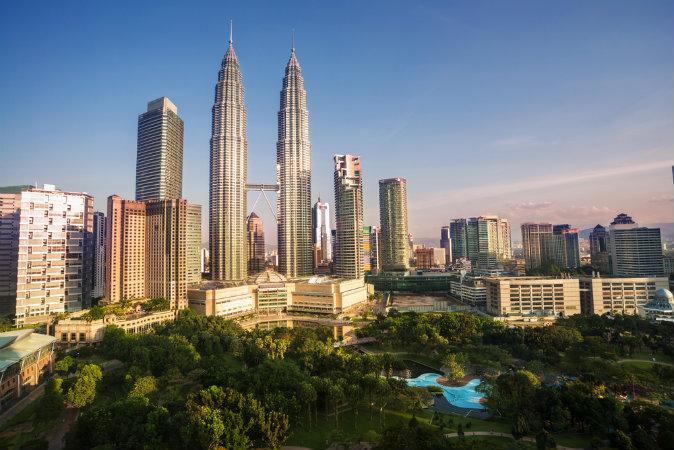Costa Rica is known for its wildlife and incredible nature.
Of course my plans there involved mainly relaxing by the beach and practicing yoga, but when the opportunity to release baby sea turtles came up, I wasn’t about to miss that.
I know I gave you all the eco stats earlier, but the Osa Peninsula alone is known as the most biologically intense place on earth with 2.5% of the world’s biodiversity. That’s insane considering the size of it!






